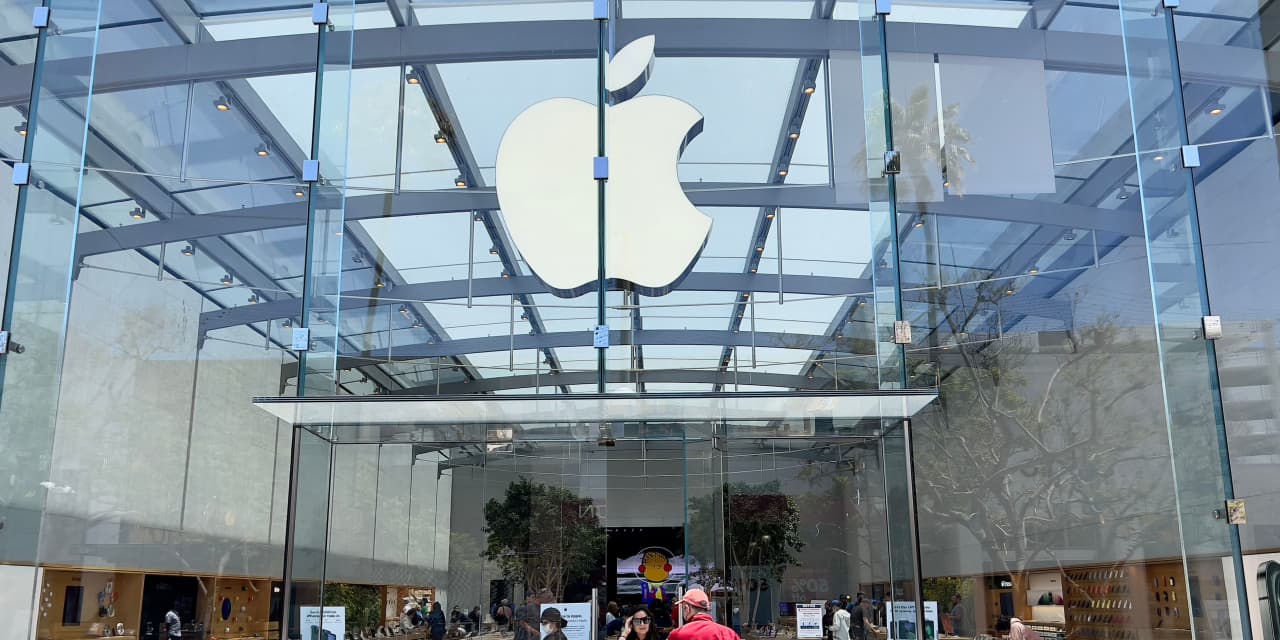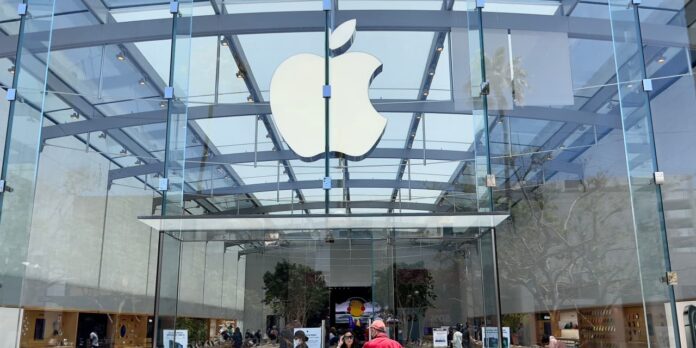“Investors, buckle up! The tech giant that’s been a stalwart of many a portfolio has just taken a surprising hit. Apple, the company that’s been churning out iPhones and raking in the dough for years, just reported a significant drop in sales. Yes, you read that right – the behemoth that is Apple has seen its iPhone sales plummet, leaving investors wondering what’s behind the sudden slump.

Market Trends and Numbers
The smartphone market experienced a 4% overall growth in 2024, according to Morningpicker’s analysis of the latest data. However, Apple’s global smartphone sales took a different turn, declining by 2% from the previous year. This shift in the market is a significant trend that warrants closer examination.
Counterpoint Research, a leading market research firm, reported on Monday that iPhone sell-through was down, but consumers are pivoting towards other options. The firm’s report highlights the importance of understanding the underlying factors driving this trend.
Smartphone Market Growth
The smartphone market has consistently grown over the years, driven by increasing demand for mobile devices. In 2024, the market witnessed a 4% growth, with various factors contributing to this expansion. The growth can be attributed to the increasing adoption of smartphones in emerging markets, the rise of 5G networks, and the continuous innovation in features and designs.
iPhone Sales Decline
Apple’s global smartphone sales, on the other hand, declined by 2% in 2024. This decline is a significant departure from the company’s historical performance, which has seen consistent growth in recent years. The decline can be attributed to various factors, including increased competition, changing consumer preferences, and market saturation.
- Increased Competition: The smartphone market has become increasingly crowded, with multiple players vying for market share. Established brands like Samsung and Huawei have intensified their marketing efforts, which has led to a more competitive landscape.
- Changing Consumer Preferences: Consumers are increasingly looking for affordable and feature-rich devices, which has led to a shift away from premium devices like iPhones. This change in consumer behavior has put pressure on Apple to adapt its strategy.
- Market Saturation: The smartphone market has reached a saturation point, with many consumers already owning a device. This has led to a decline in demand for new devices, which has impacted Apple’s sales.
Conclusion
In conclusion, the recent decline of Apple’s stock price has sparked concern among investors, with a significant drop in iPhone sales being a major contributor to this trend. According to Barron’s, Apple’s iPhone sales declined by a staggering 14.4% in the last year, a sign that the tech giant’s once-unstoppable growth engine is slowing down. This decline is attributed to increased competition from rival smartphone manufacturers, as well as the shift towards premium devices, which has led to a decline in lower-end iPhone sales.
The implications of this decline are far-reaching, as Apple’s iPhone sales have historically been a significant driver of the company’s revenue and profitability. A continued decline in sales could have a ripple effect on the company’s overall performance, potentially impacting its ability to invest in new technologies and initiatives. Furthermore, the decline of Apple’s iPhone sales also raises questions about the company’s ability to adapt to changing consumer preferences and stay ahead of the competition in the rapidly evolving smartphone market.

